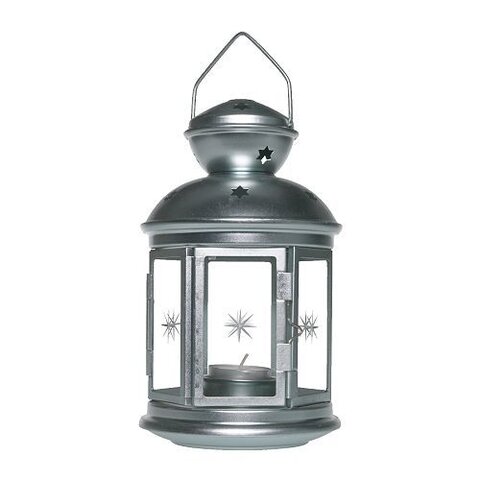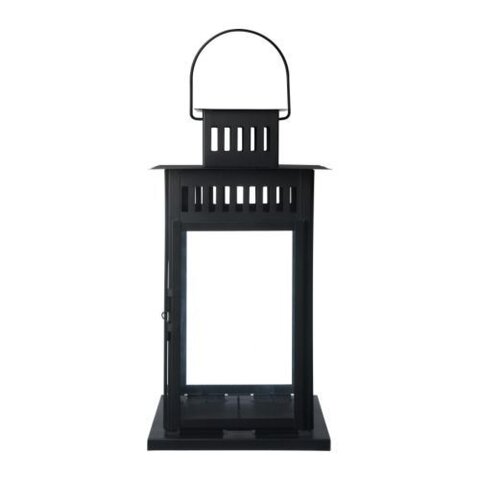Oil lamps and other open flames, in and of themselves, are not in violation of any national code. (If I'm wrong here and have missed a specific code issuance, please
point it out to me so I can stay
current and accurate) However, there may be local codes that ban them. The problem is too many
AHJ's have seen the cowboy movies where the tipped over oil lamp sets off the raging fire. The truth is, kerosene does not burn at room temp. If you doubt me, go pour a pint of kerosene on your driveway and try to light it with a match. If you have a
torch made with
burlap wrapped around the end of a stick and dipped in kerosene, the best way to extinguish it is to dip it in an open bucket of......kerosene. Kerosene or lamp oil has to be heated to produce a vapor that does burn, thus the wick. Like a candle, the fuel (candle wax, bee's wax, paraffin wax or petroleum wax {I believe???} to our British readers, [paraffin in Brittan = kerosene] relies on the heat generated by the flame to vaporize the fuel and what is burning is not the wick or the solid/liquid form of the fuel, but the vapor version. In the case of a candle the heat first liquifies the fuel so the wick can draw it up and then as the liquid approaches the flame, it turns to a vapor which is what actually burns.
Now, all that said, to have a live flame on
stage accepted by the
AHJ requires a number of things and it is far more demanding now than just a few years ago. The Station fire opened the eyes of a lot of people as to just how dangerous live flame/
pyro effects can be if not monitored very carefully by very trained people. Step one is to approach the
AHJ with a well thought out plan, outlining the reason for the
gag, the prep steps, the contingency steps, the actual engineering and construction of the
gag and it's mechanical parts. For something as simple as a candle or an oil lamp, demonstrations for the
AHJ may be needed, showing what the worst case is and how it would be handled. Yes, a lot of hoops, but it's worth it. You get to do the
gag, the audience gets entertained and you get to go home and sleep at night 'cuz "everyone lives.....Everyone gets to live".
For example one
effect I created for
Thunder Knocking on the Door involved a gas kitchen stove. Hot food is being cooked on the stove with a visible open flame. The woman character (I forget the character's name) takes the pan off the stove an puts it on a hot plate on the kitchen table. The actor portraying the devil persona threatens her and to show the extent of his
power, gestures at the stove and the flame grows to a pillar of fire about 10' tall.
How did I get the
AHJ to ok this? Just like I outlined above. First I designed and engineered a
system that had complete control of the flame. The actress merely mimed lighting the stove, the fuel and ignition was controlled by a technician. The flame was on a dead man
switch, the secondary fuel supply for the
gag was
fed by an independent
system with a predetermined cfm and psi. We informed the
AHJ of what we had in mind, sent him a set of drawings showing the mechanical set up, the plumbing
etc., explained how the
gag worked and what the
safety precautions were. He came over and examined the set up. I designed a CO2 gas
circuit that would fill and purge the entire fuel
line system in less than 1.5 seconds. The CO2
system also was an "either/or"
system with the fuel, not an "And"
system. The
introduction of the CO2 into the supply lines automatically cut off the fuel supply. The CO2
system was also on a reverse
deadman switch. For the igniter to fire and light the stove, the CO2
switch had to be pressed and held. Releasing it would trigger the the CO2 and kill the fuel supply. In addition we had a
hand on
standby with a fire extinguisher in
hand while the
gag was in progress.
AHJ said "Fine, go for it".






